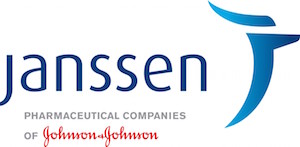Obesity, Metabolism & T2D related diseases areas
- Enhance Insulin Signaling Pathway: Mechanisms to improve insulin-dependent signal transduction ie “insulin sensitization”, without weight gain and without any PPAR mediated effects
- Modify Energy Balance: Novel pathways to reduce caloric intake and/or increase energy expenditure (including energy diversion)
- NASH: Metabolic, anti-inflammatory and anti-fibrotic mechanisms
- Diabetic Kidney disease: Metabolic, anti-inflammatory and anti-fibrotic mechanisms



